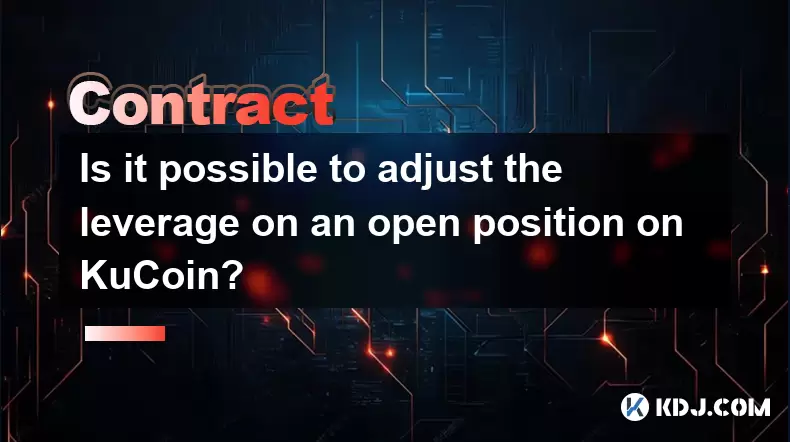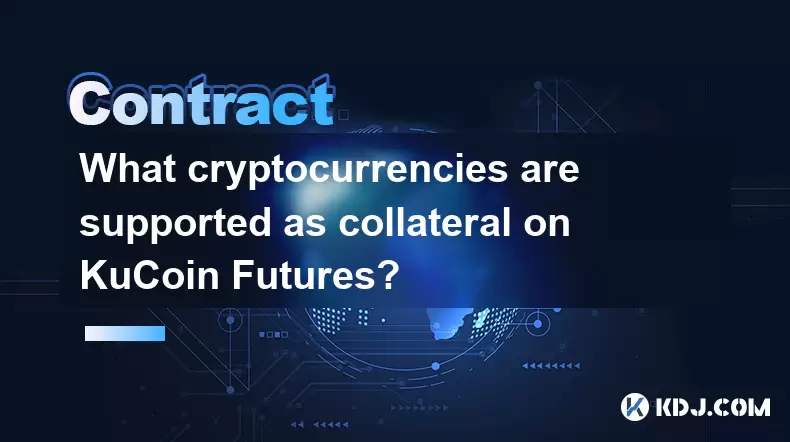-
 Bitcoin
Bitcoin $117700
-1.00% -
 Ethereum
Ethereum $4458
-3.91% -
 XRP
XRP $3.119
0.14% -
 Tether USDt
Tether USDt $1.001
-0.02% -
 BNB
BNB $836.6
-1.56% -
 Solana
Solana $189.5
-3.90% -
 USDC
USDC $0.9998
-0.02% -
 Dogecoin
Dogecoin $0.2335
1.29% -
 Cardano
Cardano $0.9642
1.51% -
 TRON
TRON $0.3539
-1.19% -
 Hyperliquid
Hyperliquid $47.41
-1.84% -
 Chainlink
Chainlink $21.92
-3.28% -
 Stellar
Stellar $0.4286
-0.23% -
 Sui
Sui $3.724
-3.29% -
 Bitcoin Cash
Bitcoin Cash $594.8
-0.78% -
 Ethena USDe
Ethena USDe $1.001
0.04% -
 Hedera
Hedera $0.2501
-2.06% -
 Avalanche
Avalanche $23.96
-4.87% -
 Litecoin
Litecoin $119.0
-2.32% -
 Toncoin
Toncoin $3.473
0.82% -
 UNUS SED LEO
UNUS SED LEO $9.596
0.17% -
 Shiba Inu
Shiba Inu $0.00001301
-0.39% -
 Uniswap
Uniswap $11.03
-0.25% -
 Polkadot
Polkadot $3.935
-2.62% -
 Dai
Dai $1.000
0.01% -
 Bitget Token
Bitget Token $4.564
-1.76% -
 Cronos
Cronos $0.1512
-4.11% -
 Ethena
Ethena $0.7306
-1.09% -
 Pepe
Pepe $0.00001087
-2.68% -
 Aave
Aave $300.2
-4.00%
The difference between BigONE leverage and contracts
BigONE offers leverage trading, which involves borrowing funds to enhance profits but magnifying risks, and contracts, financial instruments representing an agreement to buy/sell an asset at a predetermined price in the future, providing a less risky option with limited downside risk.
Nov 23, 2024 at 01:01 pm

The Difference Between BigONE Leverage and Contracts
BigONE offers two main trading options for its users: leverage trading and contracts. While both options allow traders to increase their potential profits, they differ significantly in terms of structure, risks, and suitability for different trading styles. In this article, we will delve into the key differences between BigONE leverage and contracts to help traders make informed decisions when choosing the most appropriate trading instrument for their needs.
1. Definition and Structure
- Leverage Trading:
Leverage trading involves borrowing funds from a broker to increase one's trading position. When trading with leverage, traders can amplify their potential profits while risking only a small amount of their capital. However, it's important to note that leverage can also magnify losses, making it a high-risk, high-reward trading strategy.
On BigONE, leverage trading is available for spot markets. Traders can choose the desired leverage ratio, ranging from 2x to 10x, which determines the amount of borrowed funds they can access.
- Contracts:
Contracts, also known as perpetual contracts or futures contracts, are financial instruments that represent an agreement to buy or sell an underlying asset at a predetermined price on a future date. Unlike leverage trading, contracts do not involve borrowing funds. Instead, traders must maintain a margin balance to cover potential losses.
BigONE offers perpetual contracts for various cryptocurrencies, including BTC, ETH, and DOT. Traders can enter into a contract to speculate on the future price of an asset, potentially profiting from price movements in either direction.
2. Risk Management
- Leverage Trading:
Leverage trading poses significant risks due to the potential for amplified losses. The higher the leverage ratio used, the more vulnerable traders become to market fluctuations. In worst-case scenarios, traders can lose their entire initial investment plus any borrowed funds.
To mitigate risks, traders using leverage should carefully manage their positions and ensure they have sufficient capital to cover potential losses. Stop-loss orders and position sizing are essential risk management tools in leverage trading.
- Contracts:
Contracts also carry risks, but they are generally considered less risky than leverage trading. Since traders do not borrow funds, their potential losses are limited to the margin balance they maintain. This provides a level of protection against catastrophic losses.
However, it's crucial for traders to understand the concept of liquidation in contract trading. If the market moves against their position and the margin balance falls below a certain threshold, the contract will be automatically liquidated, resulting in the loss of the entire margin balance.
3. Suitability and Trading Styles
- Leverage Trading:
Leverage trading is suitable for experienced traders who have a high tolerance for risk and a thorough understanding of risk management techniques. It can be a powerful tool for short-term trading and scalping, where traders aim to capture small profits over a series of quick trades.
- Contracts:
Contracts are more versatile and can cater to a wider range of trading styles. They are suitable for both short-term and long-term trading strategies. Traders can use contracts to hedge against existing positions, speculate on market trends, or employ arbitrage strategies.
Conclusion
The choice between BigONE leverage and contracts depends on the trader's individual risk appetite, trading experience, and trading style. For those seeking high potential returns with amplified risks, leverage trading may be an option. However, traders must exercise extreme caution and ensure they have adequate risk management measures in place. For those seeking a more balanced approach with limited downside risk, contracts offer a viable alternative.
Disclaimer:info@kdj.com
The information provided is not trading advice. kdj.com does not assume any responsibility for any investments made based on the information provided in this article. Cryptocurrencies are highly volatile and it is highly recommended that you invest with caution after thorough research!
If you believe that the content used on this website infringes your copyright, please contact us immediately (info@kdj.com) and we will delete it promptly.
- Kazakhstan's Crypto Leap: Bitcoin ETF and Central Asia's Digital Finance Future
- 2025-08-13 12:45:19
- BlockDAG Presale Blazes Past $371M: Fundraising Frenzy Fuels Crypto Sensation
- 2025-08-13 13:05:21
- Meme Coins: Chasing the 2025 Surge – Which Will Moonshot?
- 2025-08-13 10:25:23
- Bitcoin's Wild Ride: Rally, Pullback, and What's Next
- 2025-08-13 10:25:23
- Bitcoin, Bitmax, and Institutional Demand: A New Era of Crypto Investment
- 2025-08-13 10:45:12
- Solana, ROAM, and Airdrops: What's the Buzz in 2025?
- 2025-08-13 11:35:13
Related knowledge

Is it possible to adjust the leverage on an open position on KuCoin?
Aug 09,2025 at 08:21pm
Understanding Leverage in KuCoin Futures TradingLeverage in KuCoin Futures allows traders to amplify their exposure to price movements by borrowing fu...

What cryptocurrencies are supported as collateral on KuCoin Futures?
Aug 11,2025 at 04:21am
Overview of KuCoin Futures and Collateral MechanismKuCoin Futures is a derivatives trading platform that allows users to trade perpetual and delivery ...

What is the difference between realized and unrealized PNL on KuCoin?
Aug 09,2025 at 01:49am
Understanding Realized and Unrealized PNL on KuCoinWhen trading on KuCoin, especially in futures and perpetual contracts, understanding the distinctio...

What different order types are available to use on KuCoin Futures?
Aug 13,2025 at 11:35am
Understanding Order Types on KuCoin FuturesKuCoin Futures offers a comprehensive range of order types to accommodate different trading strategies and ...

How does KuCoin Futures compare against Binance Futures in terms of features?
Aug 09,2025 at 03:22am
Trading Interface and User ExperienceThe trading interface is a critical component when comparing KuCoin Futures and Binance Futures, as it directly i...

How can I manage risk when applying high leverage on KuCoin?
Aug 13,2025 at 11:35am
Understanding High Leverage and Its Implications on KuCoinHigh leverage in cryptocurrency trading allows users to control larger positions with a rela...

Is it possible to adjust the leverage on an open position on KuCoin?
Aug 09,2025 at 08:21pm
Understanding Leverage in KuCoin Futures TradingLeverage in KuCoin Futures allows traders to amplify their exposure to price movements by borrowing fu...

What cryptocurrencies are supported as collateral on KuCoin Futures?
Aug 11,2025 at 04:21am
Overview of KuCoin Futures and Collateral MechanismKuCoin Futures is a derivatives trading platform that allows users to trade perpetual and delivery ...

What is the difference between realized and unrealized PNL on KuCoin?
Aug 09,2025 at 01:49am
Understanding Realized and Unrealized PNL on KuCoinWhen trading on KuCoin, especially in futures and perpetual contracts, understanding the distinctio...

What different order types are available to use on KuCoin Futures?
Aug 13,2025 at 11:35am
Understanding Order Types on KuCoin FuturesKuCoin Futures offers a comprehensive range of order types to accommodate different trading strategies and ...

How does KuCoin Futures compare against Binance Futures in terms of features?
Aug 09,2025 at 03:22am
Trading Interface and User ExperienceThe trading interface is a critical component when comparing KuCoin Futures and Binance Futures, as it directly i...

How can I manage risk when applying high leverage on KuCoin?
Aug 13,2025 at 11:35am
Understanding High Leverage and Its Implications on KuCoinHigh leverage in cryptocurrency trading allows users to control larger positions with a rela...
See all articles

























































































